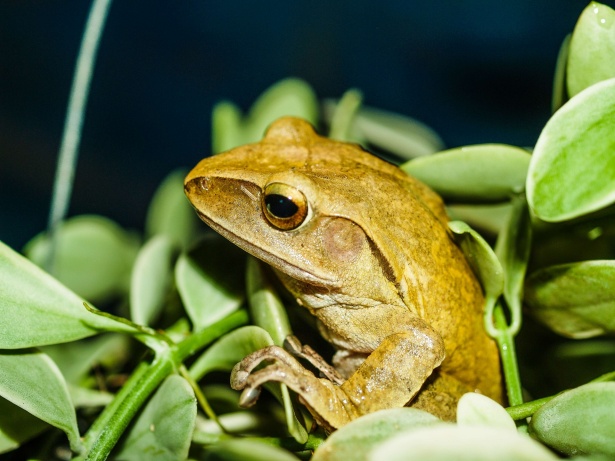Welcoming 2022’s Newest Species
There is an estimate of 8.7 million species but only 1.7 million have been discovered. The interest and excitement that comes with finding a new species never dwindles when it is literally one in a million. Sometimes they are identified as new after incoming research and information prove it wasn’t an already existing species. Rice’s whale, for example, had been thought to be a Bryde whale and now is feared to go extinct with only 50 known individuals left. The 2022 year has brought about many fascinating finds and here are a few.
The rose-veiled-fair-wrasse is exactly how you would picture a rainbow fish to look and to add to its already breath-taking appearance, their pink fluorescents make them glow-in-the-dark! This fish had officially been identified as its own species in 2022 after being discovered in the 1990s but at the time believed to be another type of wrasse fish. They were found in one of the Maldive coral reefs, a vibrant and thriving ecosystem, making a discovery of none other than a rainbow fish a little less surprising. They are able to survive 50-150 meters down which is why it was found by deep divers and won’t be seen on a daily swim.
The Tapir Valley tree frog – this vibrant green species of frog had been searched for by Donald Valera Soto who signaled out a frog’s call to be different from the ones he grew up hearing. After further investigation and help from herpetologist, the source of the sound was found, tests were made, and the rest is history but the problem is the frog only being history. Brenes-Mora, a Costa Rican biologist, says, “We don’t want to make noise about the discovery of a new species and then make noise about its disappearance/extinction.”
The Lamarckdromia beagle- This species in the simplest of terms is a hairy crab. The “hair” is from sponges that they cut for camouflage, proving to be effective in keeping predators away from the toxins the sponge had as well. It was found in none other than Australia, a country known for its unique animals. It had been washed ashore and a family had notified the Western Australian museum. While it is classified under the sponge crab family, what distinguished it was the texture of its hair. They have yet to confirm the reason behind the crab’s actual fuzz, which was surprisingly soft.
B.yucatanensis- Another species of isopod is added to the already existing two dozen. It was found in the Gulf of Mexico around 600 or more meters deep into the ocean and taken in to be investigated. What proved it to be a different species was its shape which was more slender and shorter compared to the B.giganteus . The 11-spined cream-colored creature remains to crawl the ocean floor with 14 legs and an armored back. This discovery is significant to protect them from extinction by deep sea fishing.
In an article by Jodi Hey on the website nature.com, she goes in-depth about conservation saying, “Biological diversity is being lost as species go extinct, and it is only by understanding species that we can shape the social, political, and financial forces that affect conservation efforts.” Species findings remain to be appreciated news knowing at least 10,000 species go extinct each year yet these discoveries can decrease that number.

Lis is a sophomore at Aliso Niguel. Speaking to people has never been her forte so she likes to write to them instead. She doesn't trust people who prefer...








